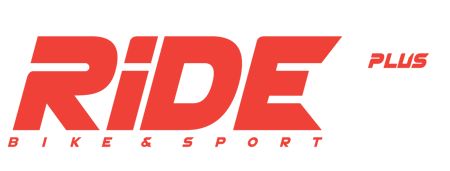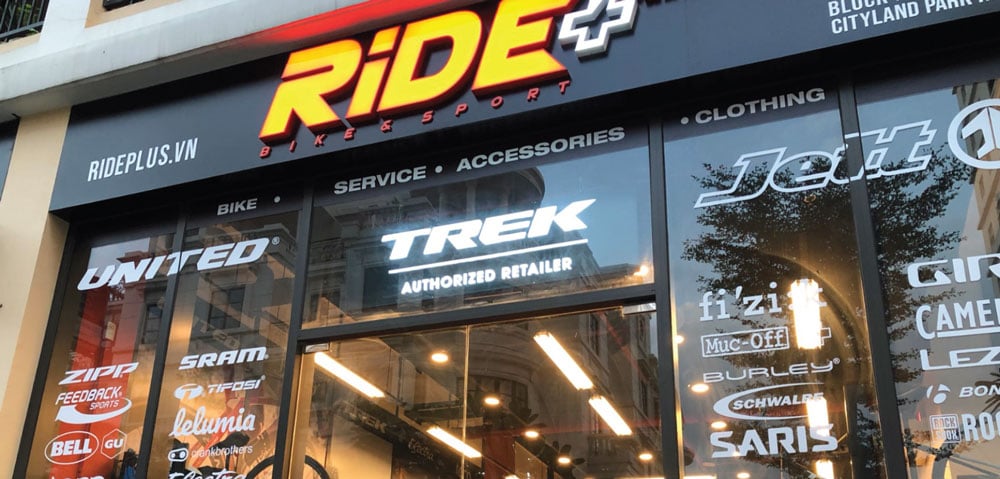
Hey there, biker dude/dudette. You're biking pretty well there, carving up the street real nice. Nice control, decent stamina. But if you want to take your cycling to the next level, it's time to enter the world of clipless pedals.
What Are Clipless Pedals?
Clipless pedals are a two-part system for your bike. Part one is a small pedal with a locking mechanism, and part two is a cleat that attaches to your bike shoe. The shoes clip into the pedals, giving you a very solid connection to your bike.
Yes, clip in. So, why the hell are they called clipless?
Well, because before these existed, there were pedals with toe clips. Toe clips are the cages that go on a regular platform pedal that help keep your foot in place. They don't clip onto your pedals and they don't clip onto your foot, so it's really a dumb name for them, but because they already existed, these newer pedals which actually do clip in had to pick another name. For some reason, they chose "clipless."
But while the name is dumb, the advantages are anything but. Here are just a few of them.
Better Power Transfer
One of the best things about going clipless is that you have an extremely solid connection to your bike's power train. With normal pedals, there is only one thing keeping your foot on the pedal when you're on your upstroke: pressure. You have to maintain constant contact with the pedal throughout every rotation, and to do that, you have to apply a little bit of downward pressure. You aren't just stomping down to move you forward, but you're adding to the force needed so you can lift your back leg. In other words, your legs are working against each other.
With clipless pedals, there's none of that. Because your foot can't go flying off, you can fully unweight on every recovery stroke so all of your energy is dedicated to propelling you and your bike forward. Plus, there's no energy wasted in trying to compensate for lateral squirrelliness, which can be especially prominent as your legs get tired. In other words, you can focus on the task at hand.
Vastly Increased Efficiency
When you're using traditional platform pedals, there's only one section of the rotation where you can apply pressure to them: the down stroke. While that is generally the most powerful part of your stroke, clipless pedals make it way better. Not only can you stomp down, but because your feet are solidly anchored to the pedals, you can sweep back and pull up. The sweep is an important extension of your downward stroke because it lets you engage your hamstrings, which have a lot of power. While you're pulling back you're also pushing your other foot forward, over the top of the rotation to get it ready for the next downstroke.
Similarly, while you're stomping down with one foot, you can pull up with your other foot, engaging your core and hip flexors. While these aren't your most powerful muscle groups, using them a little bit means you can go just as fast while taking some of the pressure off of the muscles you use in your downstroke. So, not only do you get more power, but you don't wear out nearly as quickly.
It takes some getting used to, as you're asking your legs to do more things at once than they have been. Once you adjust to the timing, though, you'll find yourself going a lot faster and with much less effort.
Security
With clipless, because you're locked into your bike, you have better control. You can really push and pull your frame laterally if you need to in order to avoid a hazard, like, say, a rapidly opening car door. Also, because you can pull up on the pedals, that means you can bunny-hop over a small obstacle should you need to.
Another common problem is when you hit an unexpected bump with your rear tire (a pothole, or a rock). That can launch you upward and off of your seat. If you're on platform pedals, the chances are good that your feet are going to come flying off as well, and when you land you're going to be in a world of hurt (frame, meet crotch). Clipless pedals will keep your feet firmly attached to the bike, even if your ass comes off the seat, giving you a much improved chance of landing safely.
The Downsides
Clipless pedals aren't perfect.
It's possible for your foot to become accidentally disengaged, and if that small, sharp pedal whips around and hits you in the shin, well, it's a special kind of pain. There's also the off-chance that you want to bail and get off your bike in a major hurry. There's an extra step to getting your feet off the pedals now, and unless you've trained your instincts to disengage lighting quick, you could find yourself attached when you don't want to be.
Clipless can also be problematic for city riders who encounter a lot of traffic. Every time you stop you have to clip out, and when you start up you have to clip in again. This takes a fair amount of practice before it becomes second-nature, and cars honking at you while you're trying not to fall over will really stress you out.
Speaking of which, everybody tips over and falls when learning to use clipless pedals, at least once. For that reason, practice in an area without hazards as much as possible. For God's sake, do not use them in a race until you're really confident with them, because you could literally kill somebody.
They're also a serious commitment; you have to wear bike shoes with cleats on them, which means you'll probably need to haul your regular shoes in a backpack.
The switch to clipless pedals isn't one you should make until you're already extremely comfortable and confident on your bike. But if you're ready for it, the difference it makes in your riding will be gigantic.
Check following link for products of cycling shooes and clipless pedals.
By: Brent Rose
Image Credit: Shutterstock / xzserg











































